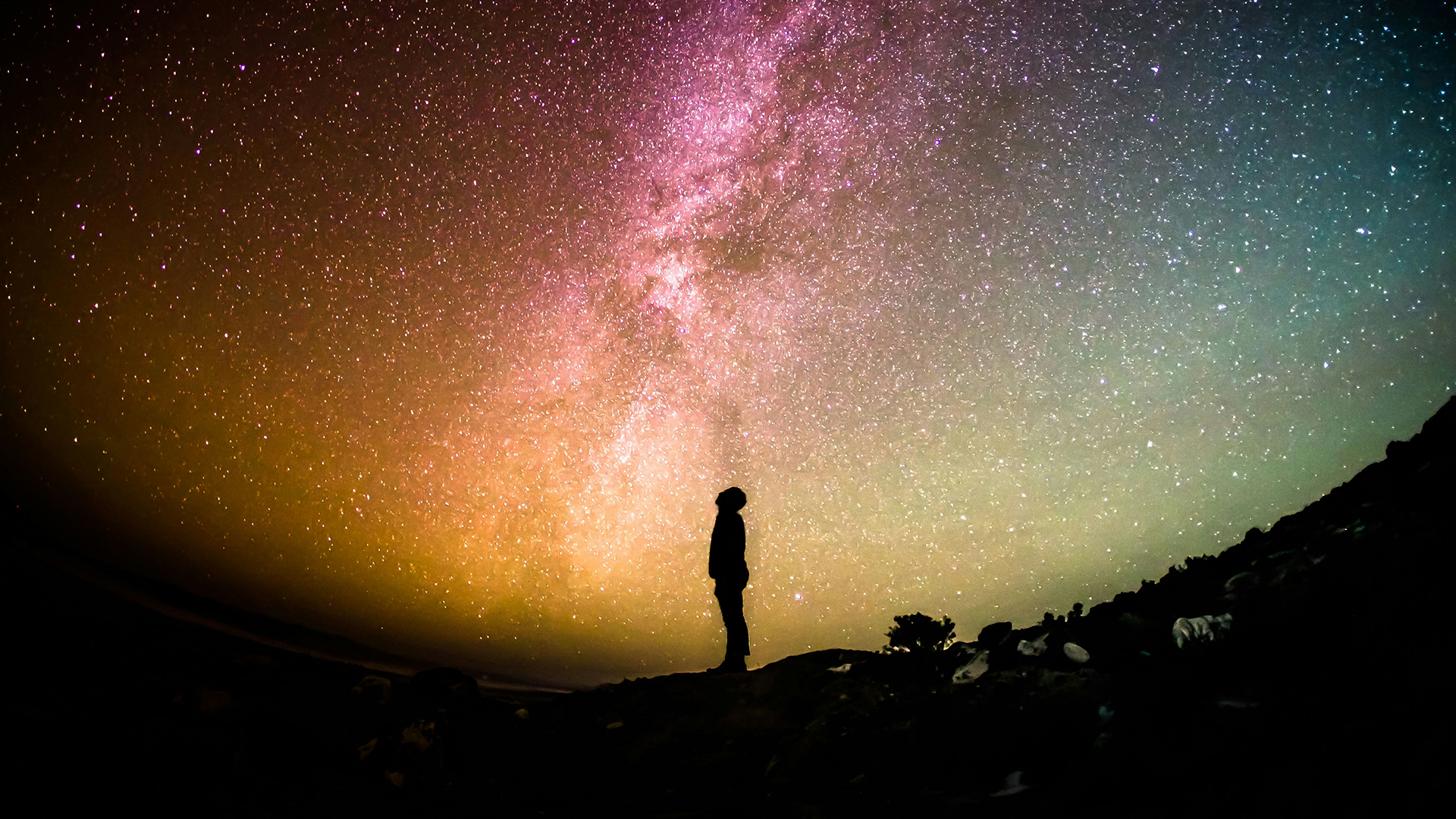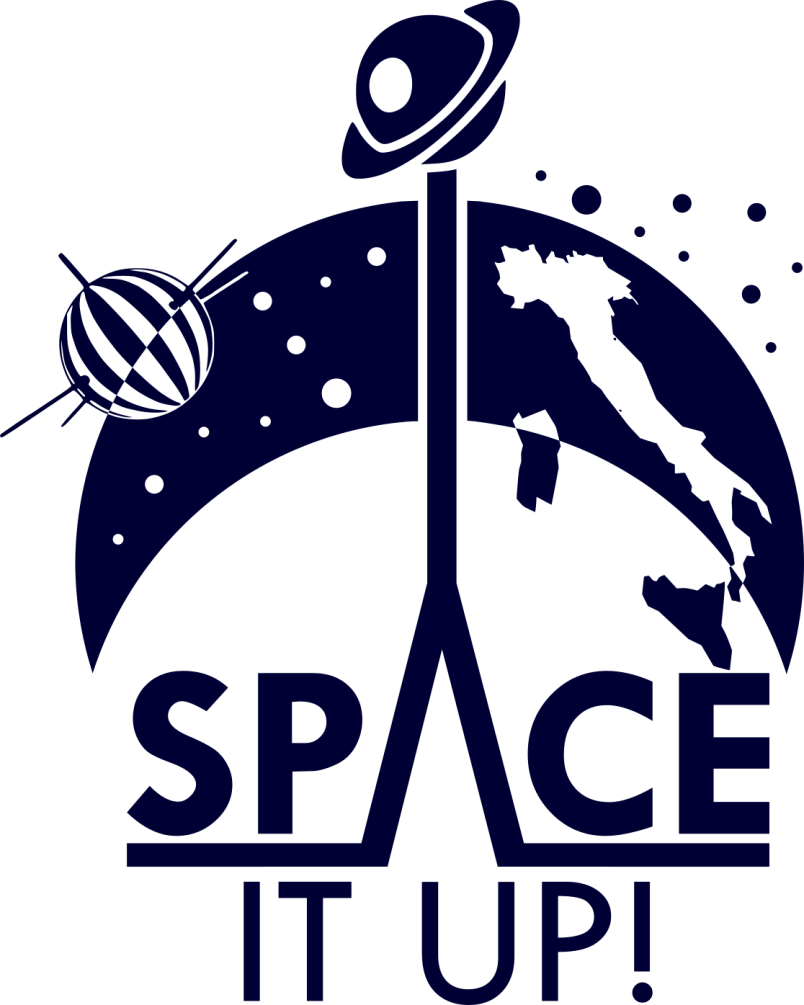
Towards the new frontiers of space research

The Space It Up project, funded by the Italian Space Agency (ASI) and the Ministry of University and Research (MUR), brings together Italian expertise in space science and engineering, putting Italy at the forefront of research into Earth observation and protection, extraterrestrial exploration, artificial satellites and remote sensing.
The ambitious partnership, whose work in the planning phase was coordinated by Politecnico di Torino, in particular by Professor Erasmo Carrera, supported by colleagues from the University, including Sabrina Corpino, Marco Petrolo, Alessandro Battaglia, Giovanni Ghione, Piero Boccardo and Alfonso Pagani, is made up of 33 members, including universities, research centres and companies, who will work together to promote collaboration and innovation in the space sector with a budget of 80 million Euro.
Space It Up will employ hundreds of researchers in 9 research lines (Spokes), representing Italy’s firm resolution towards space excellence, bringing together academic, research and industrial expertise to promote research in cross-cutting disciplines in space activities and especially planet protection, space exploration and the science of extraterrestrial habitats (especially the Moon and Mars).
“The Politecnico di Torino has successfully led the coordination of the Space It Up project proposal”, emphasises Professor Giuliana Mattiazzo, Vice-Rector for Technology Transfer at Politecnico di Torino, "an articulated and ambitious project that fits into the PNRR framework to enable Italy to make the big leap into the international panorama of aerospace research, by pooling the resources of academia, research centres and companies, and helping to enhance Italian excellence in this sector. This partnership represents a starting point for the development of relations between research and business in this frontier field as well, opening up new horizons for the sustainability of life on Earth and for space exploration”.
“Space It Up is unprecedented in the panorama of Italian space activities”, explains Professor Erasmo Carrera, coordinator of the proposal and contact person for Politecnico di Torino. “For the first time, all the Italian players will be working together on the most important space issues (excluding scientific missions and launchers). This is a responsible response by the Italian space system to the request made by the PNRR; a system that strongly wished to work together, without divisions, to develop an ambitious project that goes beyond 2026. The consortium company to be set up, widely supported by the Hub coordination structure based in the Politecnico di Torino, will have the ambition of proposing Space It Up in national, European and international settings, including competitive tenders. In fact, the numbers, people and skills in the partnership make the Space It Up Consortium a national player that will be able, without reserve, to compete on a par with other European organisations”.
- Promote innovation and expand core knowledge
Since its inception, space exploration has required pushing knowledge beyond its limits. Space It Up will develop innovative technologies to support and promote future space activities. In addition, Space It Up's contributions will impact several key areas, such as numerical models, innovative architectures and constellations of satellites, new mission profiles, advanced instrumentation and applications based on Artificial Intelligence.
- Promote a sustainable future
Humanity has the task of preserving the planet and space for future generations. The implementation of innovative space technologies would make it possible to observe climate change and predict extreme weather events. In addition, Space It Up will propose innovative solutions to improve the resilience of space and ground infrastructures to extreme weather events.
- Ensure long-term human permanence in extraterrestrial space
Long-term human permanence in space poses many technological challenges, which require innovative solutions to be overcome. Space It Up promotes the development of new ideas and the definition of enabling technologies to make humanity a multi-planetary species. The project will address not only technological issues, but also those related to resource exploitation, on-site production, circular solutions for a sustainable permanence and neuro-physiological aspects of life off planet Earth.
- Strengthen space as an “ecosystem” in Italy
Italy will cover the entire space research and development value chain, thanks to the effective coordination between Universities, research organisations and a system of small, medium and large industries. Moreover, Space It Up will promote collaborations between partners and new synergies to propose innovative and multidisciplinary solutions. As a result, Space It Up will provide the country with a stronger and more competitive space ecosystem.
Space It Up involves 13 Universities (Politecnico di Torino, Politecnico di Milano, University of Naples “Federico II”, La Sapienza-University of Rome, University of Padua, University of Trento, Gran Sasso Science Institute, University of Bologna, University of Pisa, Politecnico di Bari, University of Florence, University of Calabria and University of Rome “Tor Vergata”), 10 public and private research centres (Centro Nazionale delle Ricerche-CNR, Istituto Nazionale di Astrofisica-INAF, Istituto Nazionale di Fisica Nucleare-INFN, Istituto Nazionale di Geofisica e Vulcanologia-INGV, Istituto Nazionale di Ricerca Metrologica-INRiM, Istituto Italiano di Tecnologia-IIT, Centro Euro-Mediterraneo sui Cambiamenti Climatici-CMCC, National Agency for New Technologies, Energy and Sustainable Economic Development-ENEA, Bruno Kessler Foundation and LINKS Foundation), 10 companies (Leonardo, TAS-I, Telespazio, Altec, E-Geos, Cira, Sitael, Argotec, TYVAk and Mapsat).
The project is divided into 9 research lines or spokes:
- Spoke 1 – “Enabling technologies for novel near-Earth and exploration missions” - coordinated by the Politecnico di Milano: aims to promote a technology push enabling new missions for the protection and sustainable development of the planet, as well as for planetary exploration missions. The research carried out in Spoke 1 is transversal, multidisciplinary and available to the entire partnership. The research activity elaborates emerging technologies and develops their basic principles to assess their feasibility up to the development of prototypes, using both software and hardware tools.
- Spoke 2 – "Advanced design and analysis of space missions and systems and innovative digitisation – System Engineering and Digital Twin" - coordinated by La Sapienza-University of Rome: working in the field of “Digital Twins”, the digital twins of artefacts and infrastructures, it will capitalise on the strong synergy with most of the major aerospace industries in Italy thanks to the strong and long-lasting collaborations in place between academic and industrial partners and the Italian and European Space Agencies. In fact, whether it is design optimisation, performance enhancement, product development or predictive maintenance, digital twins are changing the way work is done in various sectors with multiple commercial applications. Indeed, the aerospace industry has shown unprecedented interest in their design, development and implementation.
- Spoke 3 – “Future imaging systems for microwave and optical remote sensing” - coordinated by the University of Naples “Federico II”: research in the field of spatial remote sensing has a long tradition of excellence in Italy, with a dense and effective collaboration between universities, research organisations and industries spread across the country. It is important to emphasise the importance of this interdisciplinary and problem-solving approach, which is indispensable in a highly complex and competitive field such as space remote sensing.
- Spoke 4 – “Remote non-imaging / Energy particles” - coordinated by INFN: concerns the design, development and qualification of miniaturised, high-resolution sensing systems for the next decades' satellite missions observing ionising radiation around the Earth and water reserves on the planet. The proposers aim to create a reliable supply chain of national manufacturers for all critical components of integrated sensors, electronics and mechanical units, based on successful historical projects.
- Spoke 5 – “Planetary protection and geo-hazards mitigation" - coordinated by the University of Trento: it will explore the frontier of Earth’s natural and geological hazards mitigation by addressing six challenges: (1) the “near-real time” challenge; (2) the “precursor signals” challenge; (3) the “big data” challenge; (4) the “new sensors” challenge exploiting previously unused or not yet used datasets; (5) the “data fusion” challenge combining diversified Earth observation and on-site data for better mitigation of natural and geological hazards; and (6) the “modelling and simulation” challenge. To tackle these interdisciplinary challenges with a holistic approach, a highly qualified team will be organised using scientists, engineers and technologists, hailing from from geophysics, including vulcanology, geology, coastal areas and biomass burning, to atmospheric and plasma sciences, instrumentation, satellite engineering and data management.
- Spoke 6 – “Protection of critical infrastructures and space weather'”- coordinated by INAF: will address the challenge of Space Weather through an interdisciplinary approach aimed at investigating significant scientific and technological problems within the network of physical processes linking the Sun to Earth as a society. Hence, the team involved includes expertise in a wide variety of disciplines, including solar physics, space plasma physics, geophysics, astroparticle physics, as well as spacecraft operations and instrument development. A holistic view will be provided through integrated information obtained by exploiting existing observations of the globe and spanning the vast expanse of the heliosphere between the Earth and the Sun, as well as through the design of appropriate mission architectures.
- Spoke 7 – “Space for the sustainable development of the planet” - coordinated by the CNR: the sustainability of human activities is the most important challenge to be addressed to ensure peace and prosperity for the people and health for the planet, now and in the future. It requires a truly interdisciplinary approach, ranging from basic science to engineering, from process understanding to big data, on different space and time scales, also including social, legal, economic and industrial aspects.
- Spoke 8 – “Robotic and human exploration of extraterrestrial habitats, architectures and infrastructures”- coordinated by the Politecnico di Torino: aims to promote research and development activities in support of future human missions in space with a strong interdisciplinary trait. The main activities will concern space robotics, sensors, instrumentation, extra-terrestrial habitats, infrastructures and architectures, among others.
- Spoke 9 – “Habitat space and science” coordinated by the University of Padua: space exploration and colonisation require interdisciplinary figures capable of overcoming the challenges that human beings will have to face while travelling and staying in space and on extraterrestrial celestial bodies (especially the Moon and Mars). Physicists, astronomers, planetary geologists, mineralogists, biologists and medical physicians can effectively provide the scientific knowledge to ensure the right conditions to achieve these goals.
The coordination of Space It Up is entrusted to the Hub structure based at the Politecnico di Torino, which will work both to implement the research activities described in the nine spokes and to propose the consortium and its members in national and international space projects of particular relevance to Italy.